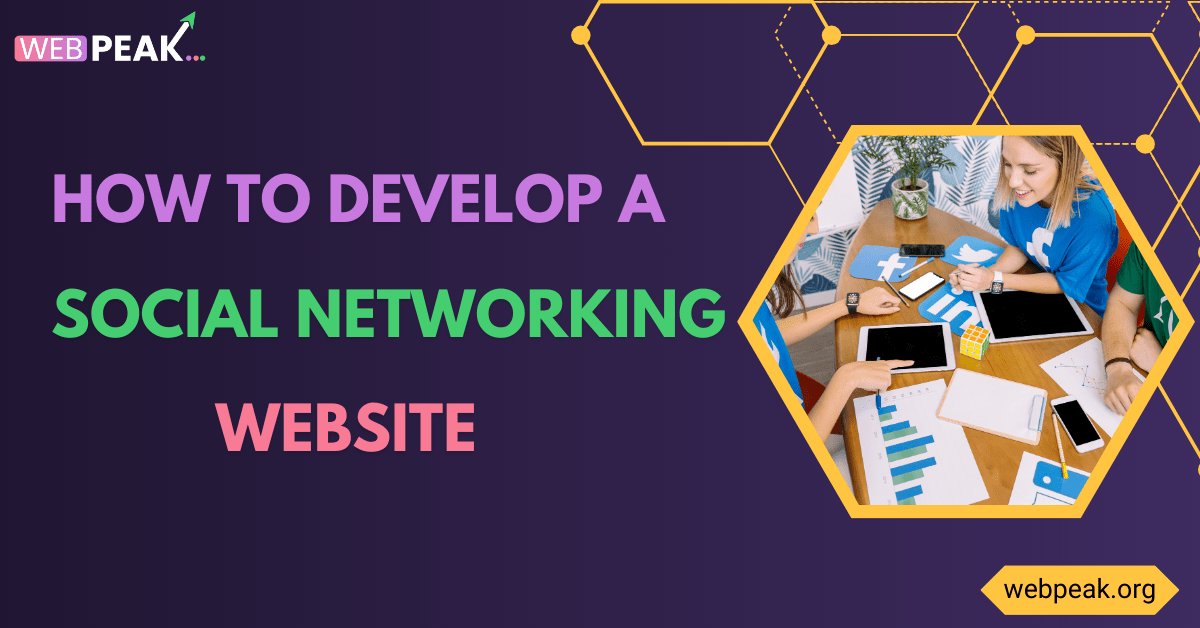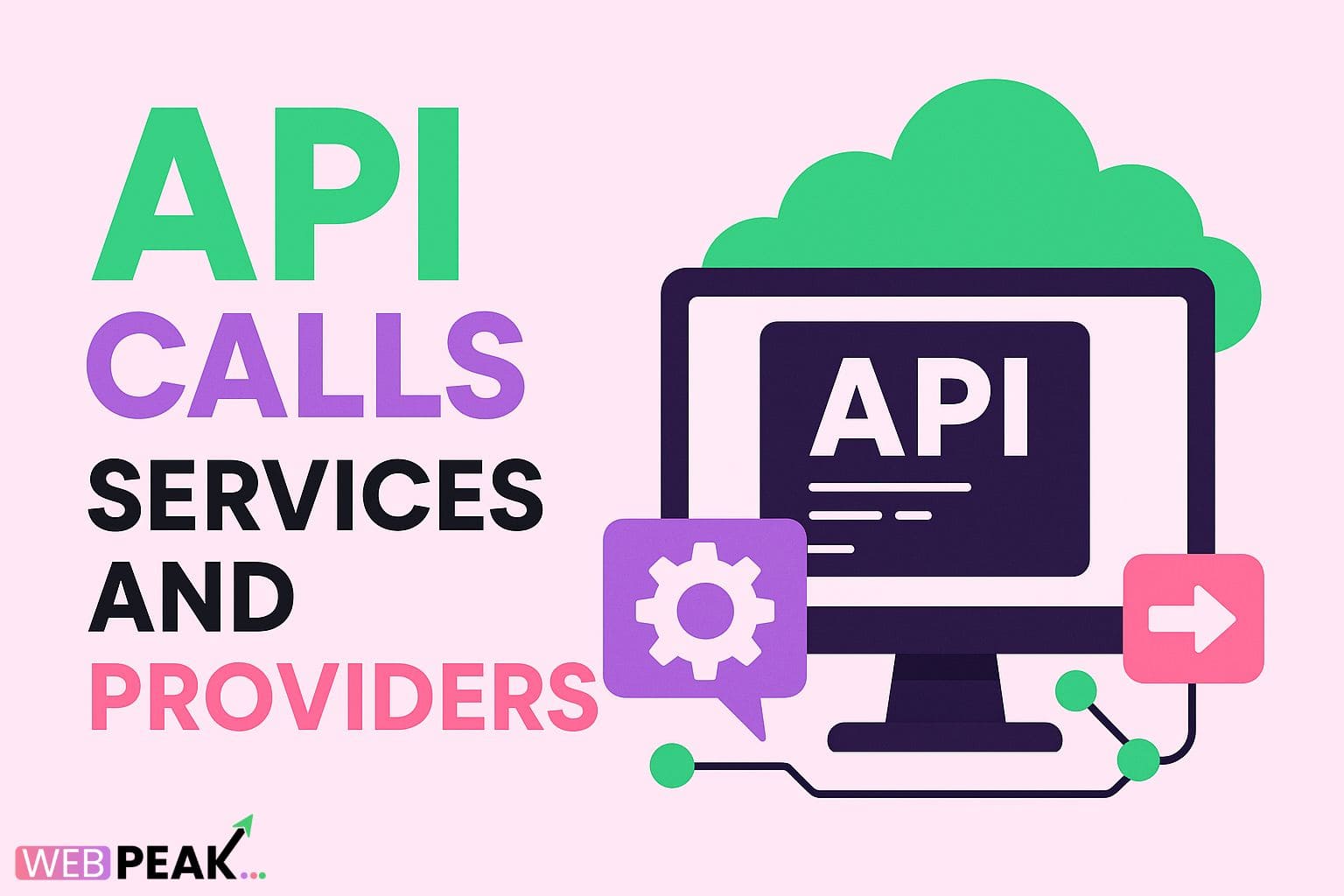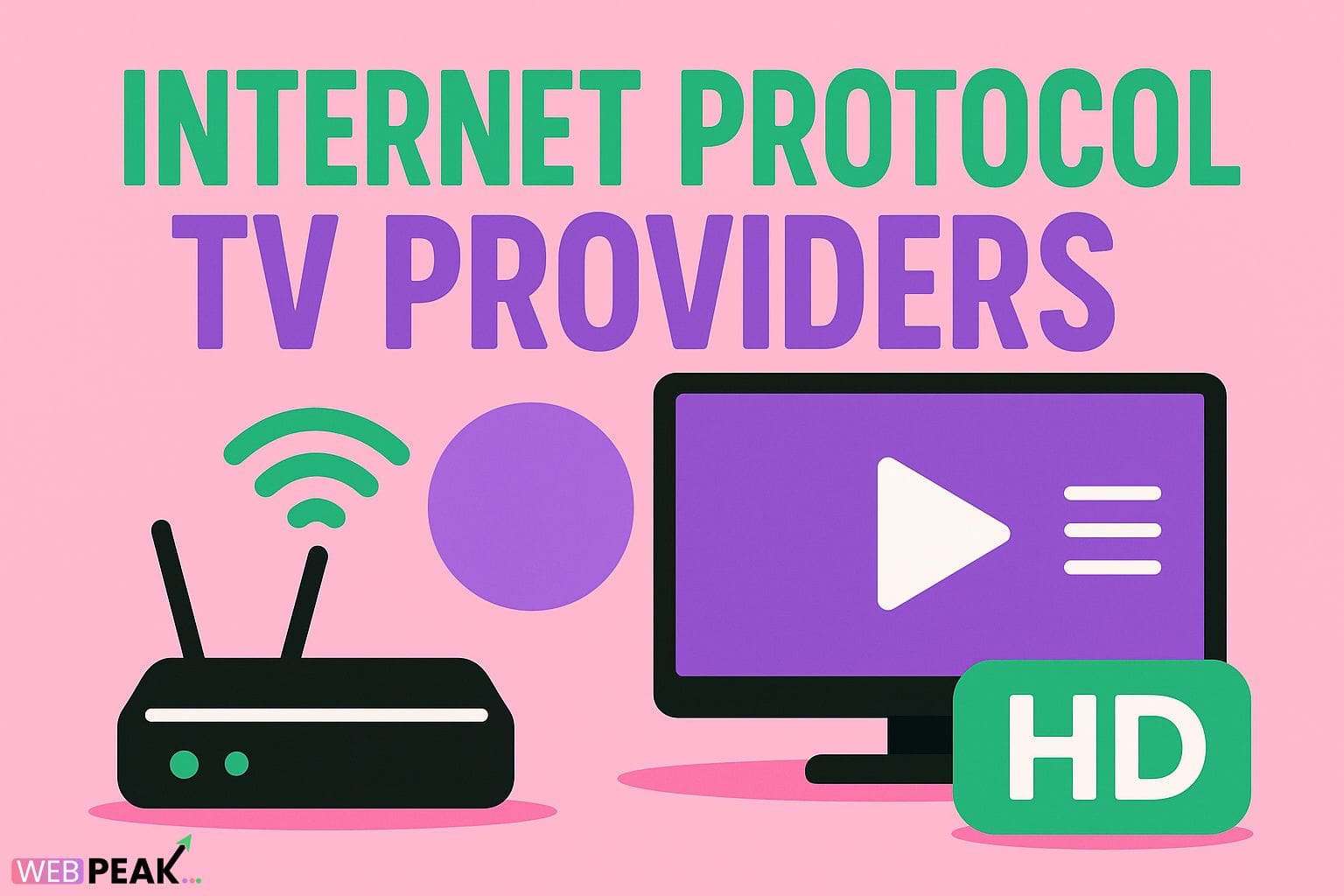How to Develop a Social Networking Website?
Social networking websites have become a cornerstone of modern life, connecting billions of users across the globe. From giants like Facebook, Instagram, and LinkedIn to niche communities serving specific interests, the demand for social networking platforms continues to grow. For entrepreneurs, startups, and businesses, building a social networking website can be an exciting and lucrative venture. However, developing such a platform requires careful planning, a solid understanding of the technology stack, and a keen eye for user experience.
In this comprehensive guide, we will walk you through the step-by-step process of creating a social networking website, from conceptualization and planning to design, development, launch, and scaling. We’ll also discuss critical features, technology choices, and challenges to consider along the way. If you are serious about launching your own social platform, you can also WEBPEAK, a full-service digital marketing company that offers professional Web Development, Digital Marketing, and SEO Services.
Why Build a Social Networking Website?
Social networking sites have transformed how people connect, share, and consume information. They allow individuals to engage with communities, express their identities, and build personal or professional networks. Businesses, too, leverage these platforms to reach their target audiences and foster brand loyalty. By building your own social networking platform, you can:
- Tap into a massive global market of online users.
- Create a community for niche interests or industries.
- Generate revenue through ads, subscriptions, or premium features.
- Enhance brand authority by owning a platform instead of relying solely on third-party networks.
Step 1: Define Your Purpose and Niche
Before you start coding or designing, it’s essential to define the purpose of your social networking site. A successful platform doesn’t aim to serve everyone—it focuses on a clear niche or audience. Ask yourself:
- Who is your target audience?
- What problems will your platform solve?
- How will your site be different from competitors?
For example, LinkedIn targets professionals seeking career networking opportunities, while Instagram appeals to people interested in visual storytelling. By narrowing your niche, you can offer tailored features that resonate with your audience.
Step 2: Conduct Market Research
Market research is crucial to validate your idea. Analyze existing platforms, identify gaps, and understand user needs. Some key research steps include:
- Review competitor platforms and their strengths and weaknesses.
- Survey potential users to gather feedback about what they want in a social platform.
- Study market trends, such as the rise of video content, AI-driven recommendations, or niche communities.
The insights you gain here will help refine your concept and guide your design and development process.
Step 3: Plan the Features of Your Social Networking Website
Every social networking platform requires a set of essential features. However, you can also add unique functionalities to differentiate yourself. Some core features include:
- User Profiles: Let users create personalized profiles with photos, bios, and personal information.
- News Feed: A central hub where users can view updates, posts, and interactions from their network.
- Messaging: Private messaging or group chats to enable communication.
- Friend Connections or Followers: Options to connect, follow, or build networks.
- Content Sharing: Allow users to share photos, videos, links, or posts.
- Notifications: Real-time alerts for likes, comments, and messages.
- Search Functionality: Help users find people, groups, or content easily.
Advanced features may include AI-powered recommendations, live streaming, e-commerce integration, or event creation. The features you select should align with your target audience’s needs.
Step 4: Choose the Right Technology Stack
The technology stack you choose will influence your site’s scalability, performance, and security. A typical tech stack for a social networking website may include:
- Front-end: HTML, CSS, JavaScript frameworks (React, Angular, Vue.js).
- Back-end: Node.js, Django, Ruby on Rails, or Laravel.
- Database: MySQL, PostgreSQL, or MongoDB for storing user data.
- Cloud Hosting: AWS, Google Cloud, or Azure for reliable infrastructure.
- APIs: REST or GraphQL for communication between front-end and back-end.
- Security: SSL certificates, OAuth for authentication, and data encryption.
Selecting the right stack depends on your project scale, budget, and technical expertise.
Step 5: Design the User Experience (UX) and User Interface (UI)
Design plays a vital role in the success of your platform. A cluttered or confusing interface can drive users away, while a clean, intuitive design fosters engagement. Focus on:
- Simple navigation with clear menus and buttons.
- Responsive design that works across devices.
- Attractive visuals that reflect your brand identity.
- Accessibility features for inclusive user experiences.
Consider creating wireframes and prototypes to visualize the design before moving into development.
Step 6: Develop and Test the Platform
Once your design is ready, development begins. The process typically follows these stages:
- Front-End Development: Building the interface users interact with.
- Back-End Development: Implementing business logic, databases, and servers.
- Integration: Connecting APIs and third-party services.
- Testing: Conducting functional, usability, performance, and security tests.
Testing ensures that your website runs smoothly, loads quickly, and offers a bug-free experience.
Step 7: Launch and Promote Your Social Networking Website
After rigorous testing, you are ready to launch. However, launching isn’t just about making your site live—it also involves promotion. Some strategies include:
- Running targeted digital marketing campaigns.
- Leveraging SEO to improve search engine visibility.
- Encouraging early users with referral programs or exclusive features.
- Building a strong social media presence to reach your target audience.
At this stage, professional digital marketing support can be invaluable. A company like WEBPEAK can help you strategize campaigns, manage SEO, and maximize your visibility.
Step 8: Scale and Maintain the Platform
Building a social networking website doesn’t end at launch. Continuous improvements are essential to retain users and attract new ones. Focus on:
- Adding new features based on user feedback.
- Ensuring server scalability as the user base grows.
- Regularly updating security protocols to protect user data.
- Monitoring site performance and fixing bugs promptly.
Monetization Strategies for Social Networking Websites
A social networking platform can be a profitable venture when monetized effectively. Common strategies include:
- Advertising: Display ads, sponsored posts, or video ads.
- Premium Memberships: Offer exclusive features for paid subscribers.
- E-commerce Integration: Allow users to buy or sell products within the platform.
- Affiliate Marketing: Earn commissions by promoting third-party products.
Challenges in Developing a Social Networking Website
While building a social networking website offers exciting opportunities, it also comes with challenges:
- Security: Protecting user data from breaches and cyberattacks.
- Scalability: Ensuring smooth performance as the user base expands.
- User Retention: Keeping users engaged amid stiff competition.
- Compliance: Meeting legal requirements such as GDPR for data privacy.
Addressing these challenges requires expertise and ongoing commitment.
Why Hire Professionals for Web Development?
Developing a social networking website is a complex task involving multiple technologies, design considerations, and strategic decisions. While DIY solutions exist, professional expertise ensures scalability, security, and user satisfaction. Partnering with experts helps you avoid costly mistakes and accelerates your path to success.
Conclusion
Building a social networking website requires a blend of creativity, technology, and strategy. From identifying your niche to designing user-friendly features and ensuring scalability, every step matters in creating a platform that users love. Whether you are building a niche community or aiming to compete with global giants, professional guidance can make all the difference.
If you’re ready to bring your social networking idea to life, consider working with WEBPEAK. As a full-service digital marketing company, WEBPEAK offers Web Development, Digital Marketing, and SEO Services tailored to your business goals. With the right partner, your social networking website can stand out, grow rapidly, and deliver lasting value to its users.





